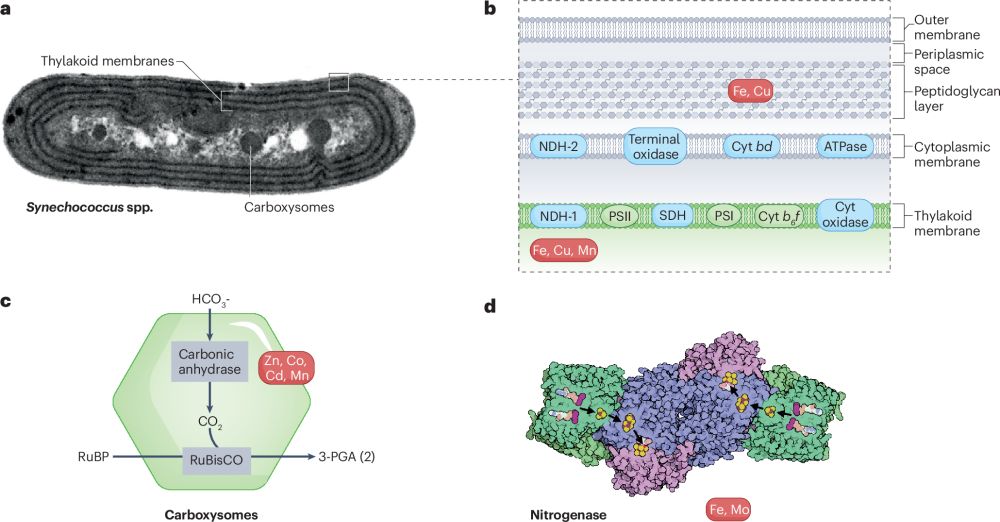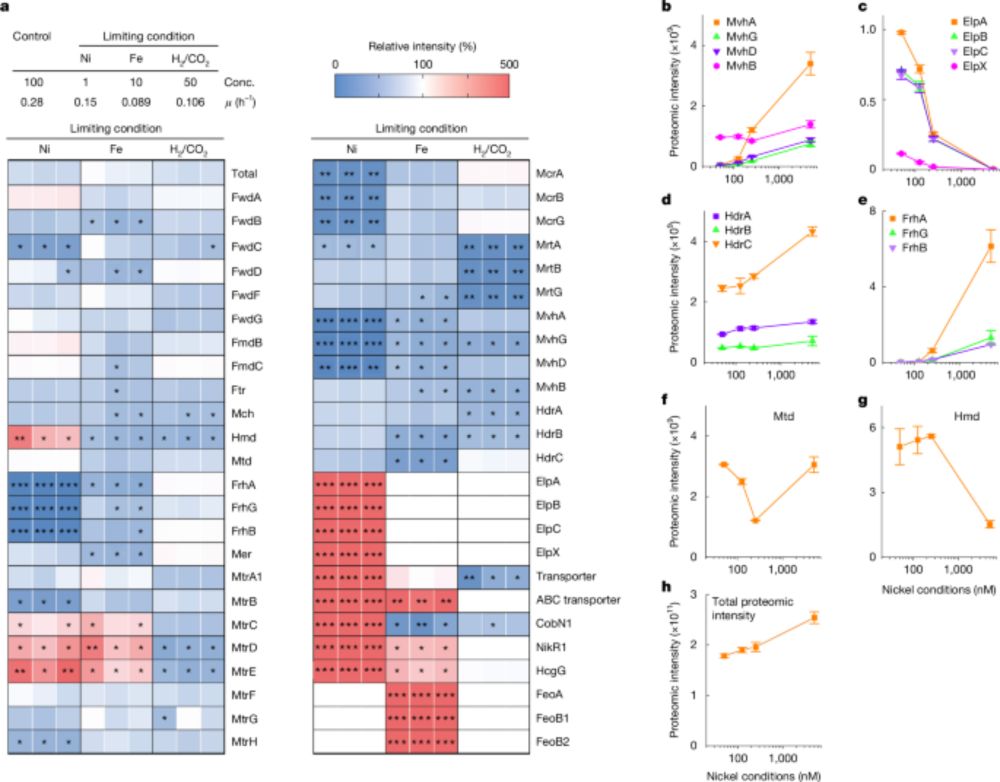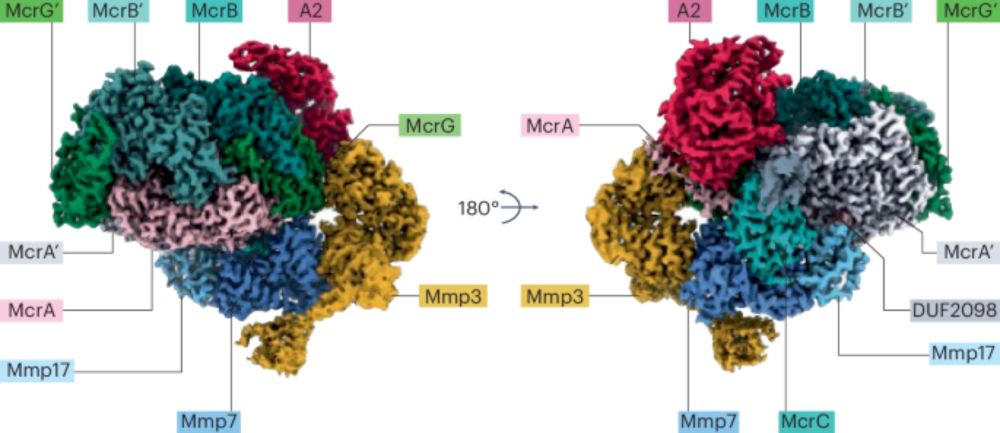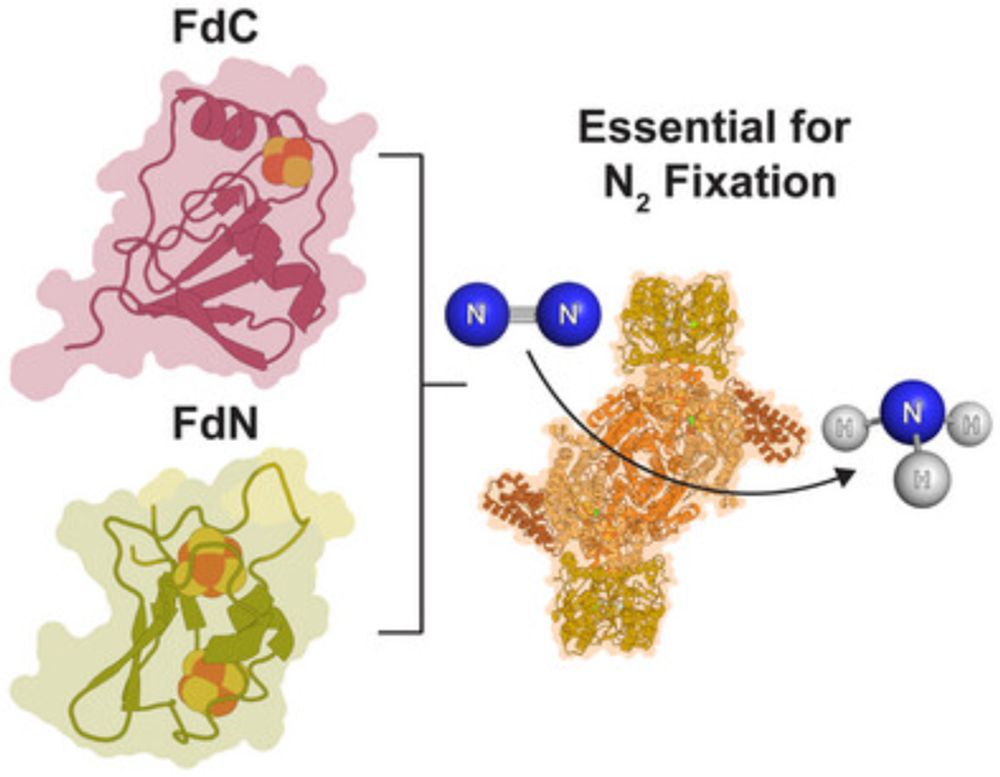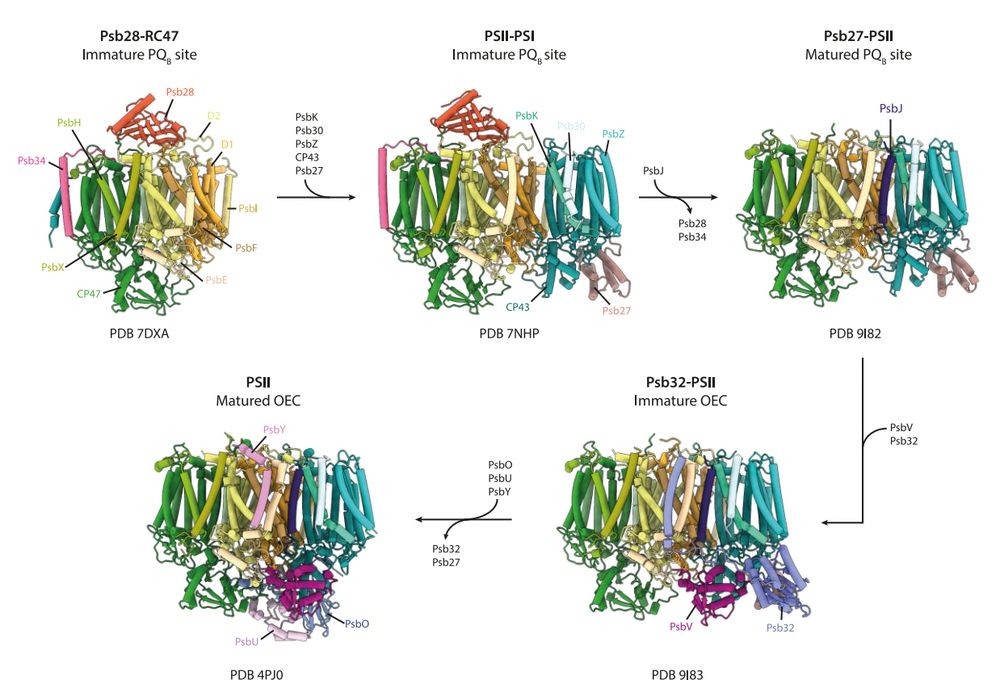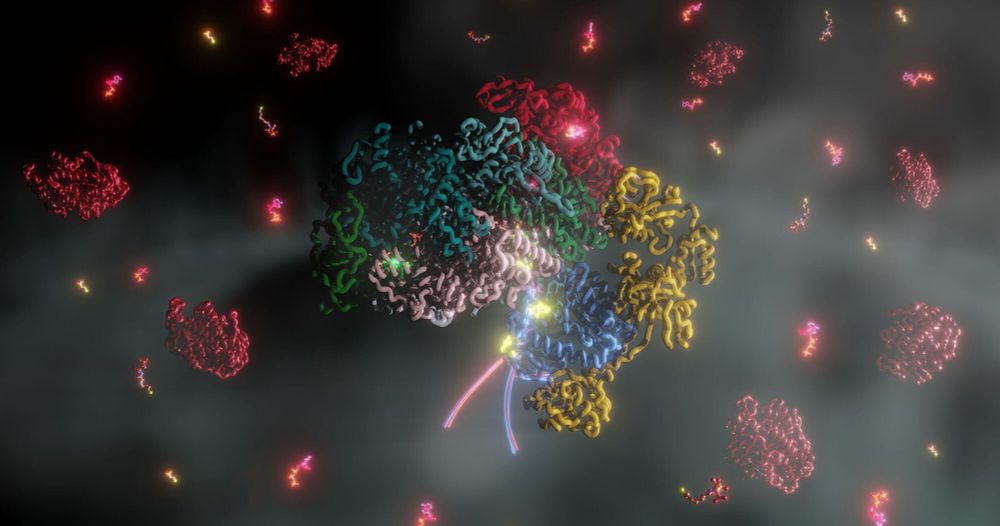Fidel Ramírez-Amador
@fidelormz.bsky.social
60 followers
75 following
9 posts
PhD student at SYNMIKRO (Uni-Marburg)
Posts
Media
Videos
Starter Packs
Reposted by Fidel Ramírez-Amador
Reposted by Fidel Ramírez-Amador
Reposted by Fidel Ramírez-Amador
Reposted by Fidel Ramírez-Amador
Reposted by Fidel Ramírez-Amador
Sven T. Stripp
@stripplab.bsky.social
· Aug 21

Stepwise and reversible assembly of [2Fe–2S] rhombs to [8Fe–8S] clusters and their topological interconversions - Nature Chemistry
Elucidating the nature of the metallocofactors in nitrogenase enzymes, and preparing synthetic analogues of these clusters, is a classic target for bioinorganic chemists. Now the transformation of [Fe...
www.nature.com
Reposted by Fidel Ramírez-Amador
Chris Greening
@greening.bsky.social
· Aug 8
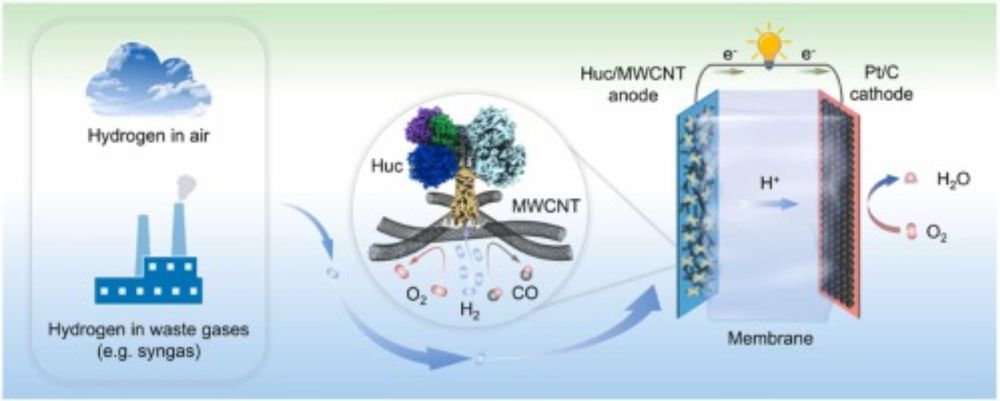
Nanoengineered bioanode with oxygen-insensitive hydrogenase for sustainable energy harvesting from atmospheric hydrogen and waste gases
Enzymatic biofuel cells (EBFCs) utilizing hydrogenases to oxidize hydrogen offer a sustainable approach to energy conservation. However, the oxygen se…
www.sciencedirect.com
Reposted by Fidel Ramírez-Amador
Reposted by Fidel Ramírez-Amador
Reposted by Fidel Ramírez-Amador
Reposted by Fidel Ramírez-Amador
Reposted by Fidel Ramírez-Amador
Reposted by Fidel Ramírez-Amador
Reposted by Fidel Ramírez-Amador
Reposted by Fidel Ramírez-Amador






